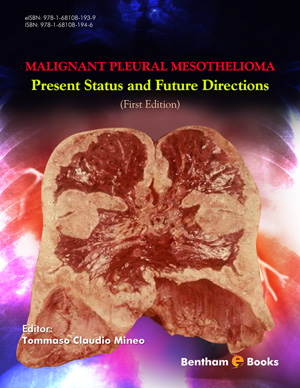Abstract
Of the ~400 fibrous minerals that are present in the natural environment, only six were commercially used and regulated under the term “asbestos”. The carcinogenicity of asbestos minerals has been largely demonstrated. Properties associated with mineral fiber toxicity include structure, length/diameter ratio, surface area, and bio-persistence. Unregulated mineral fibers that share similar properties are known or suspected of causing similar hazards to asbestos, and specifically malignant pleural mesothelioma (MPM). For example the fibrous serpentine antigorite in material used to pave roads has been correlated to high MPM rates in New Caledonia. Erionite fibers present in material used for construction has been associated with a MPM epidemic in Central Turkey, and was more potent than asbestos in causing disease in animal experiments. The asbestiform amphiboles winchite and richterite in the vermiculite mined in Libby, Montana, USA, caused an epidemic of asbestos-related disease in workers and the local population. Potential geological sources of fibrous minerals are numerous; they represent a hazard when soil erosion and/or human activities disperse the fibers in places where they may be in contact with population. Environmental exposure to these carcinogens is increasing due to the development of population and human activities in rural areas; geological and environmental investigations should be carried out before any mining, road-making and other dust-producing activities in order to prevent from possible exposure to carcinogenic mineral fibers.
Keywords: Amphibole, antigorite, asbestos, cancer, environment, erionite, exposure, mineral fibers, serpentine.






















